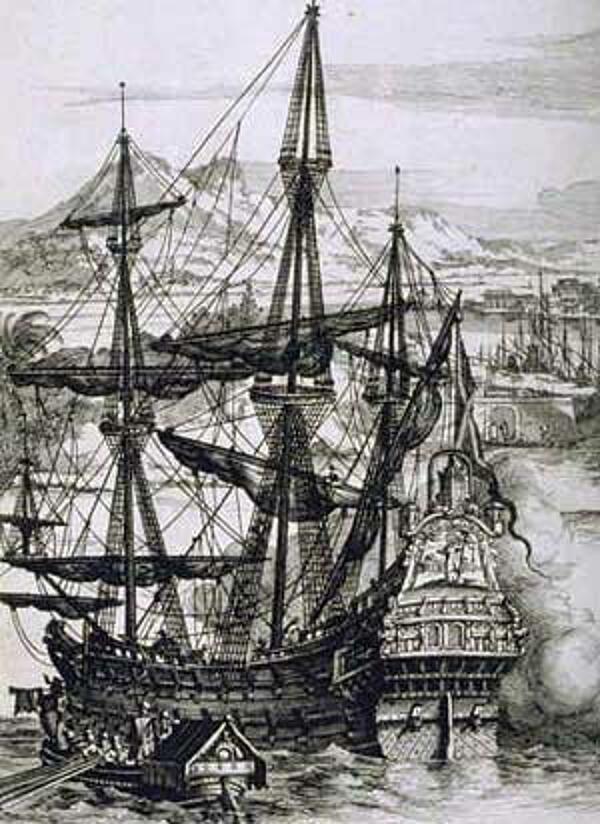The Spanish colonists
Following the arrival of the Spanish in the Philippines, the number of Europeans spread across the islands began to grow rapidly. The indigenous people remained the majority, but during the first phase of Spanish colonisation an impressive 1,200 Spanish families settled in Manila alone. In Cebu, this number was even greater, with the settlement receiving a total of 2,100 soldier-settlers from New Spain (now Mexico).
Over time, the number of Spanish people on the islands grew even more, with communities of Spanish-Mestizos rapidly growing in Iloilo, Negros and Vigan. This quickly resulted in the development of a new language, known as Chavacano, which was an alternative version of Mexican Spanish.
These Spanish communities depended heavily on the Galleon Trade to make a living. This would change in the 18th Century, when the production of tobacco boosted the economy, but in the 1500s the sea would dictate the advancement of the Spanish. This was reflected in the issues that plagued them as they attempted to expand across the Philippines, including constant the invasion of Chinese pirates, Dutch forces and Portuguese forces.

However, the sea also provided the colonists with the opportunity to trade with nations overseas, and in the 1570s Japanese ships visited the islands to export Japanese silver and import Philippine gold. Soon, silver turned into consumer goods and a strong relationship between the two countries was firmly in place by 1590.
Having firmly established themselves in the Philippines, the Spanish went on to alter the political structure dramatically, developing a centralised colonial government. This was composed of a national government and local governments that put in place provinces, cities, towns and municipalities, many of which still exist today. This new system was accepted by locals on the whole, resulting in a peaceful system based around taxes, education and public services.
MLA Citation/Reference
"The Spanish colonists". HistoryLearning.com. 2026. Web.
